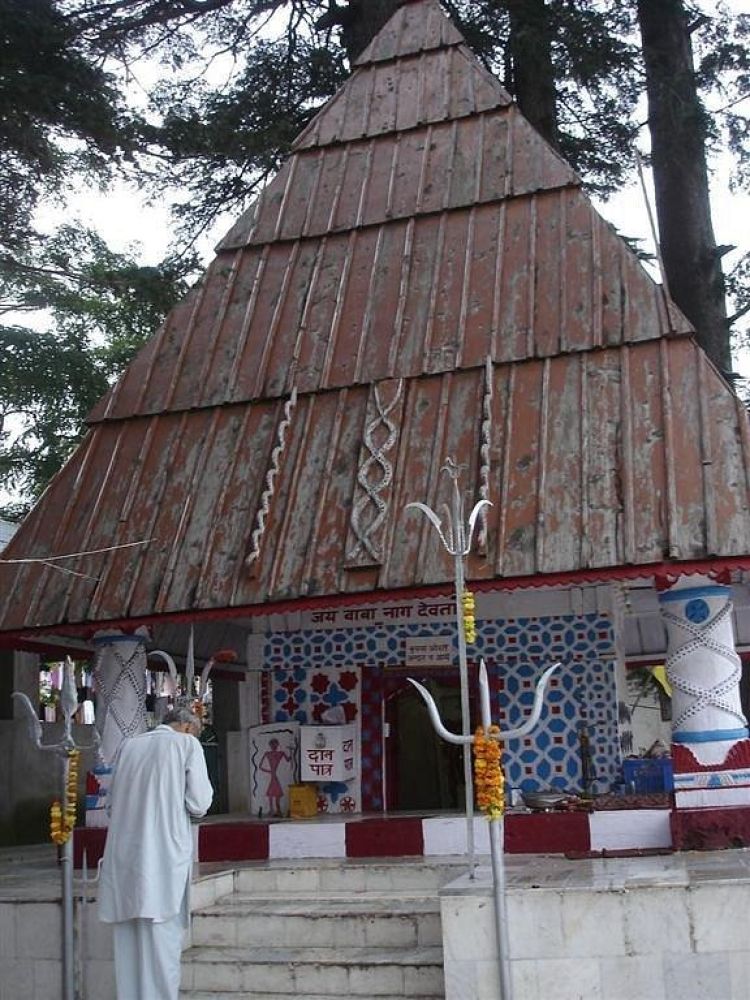

The serene town of Patnitop, nestled in the Shiwalik belt of the Himalayas, has been a jewel in Kashmir's crown for years. Among its many attractions, the Naag Mandir holds a special place in the hearts of both tourists and locals alike. This temple is not just a mere spiritual abode, but it's also a testament to the rich cultural heritage that thrives in this region of India.
The history of Naag Mandir is shrouded in myths and legends deeply rooted in the local culture. Dedicated to the Serpent God, this ancient temple is believed to be over 600 years old and holds a significant religious importance among the followers of Hinduism. It's said that on every Noori Amavasya, the temple flickers with the light of countless butter lamps, and the devotees throng in large numbers to pay homage to the deity. This event is a major pull for tourists, who are drawn by both devotion and curiosity.
Tourism in Patnitop has a rich history, beginning as a leisure destination for the British back during the days of the Raj. Its captivating landscapes, lush greenery, and scenic vistas have attracted a steady stream of visitors for decades. While it traditionally surged during summer months as a respite from the heat, over time, Patnitop has evolved into a year-round destination.
In recent years, the development of eco-friendly resorts and adventure sports activities like paragliding, trekking, and skiing has contributed to the region's tourism boom. The introduction of the Patnitop Gondola, the highest ropeway system in India, has also given a significant boost to the local economy by enhancing accessibility to remote areas and offering stunning panoramic views of the surrounding mountains.
The latest trend in tourism here, as is the case worldwide, is the growing demand for sustainable and eco-friendly travel experiences. Tourists are increasingly looking for opportunities that allow for immersion in local culture and customs without leaving a heavy footprint on the environment. Responsible tourism initiatives that involve local communities are also gaining traction.
Additionally, with the digital age and the advent of social media, Patnitop's enchanting beauty has become the backdrop for numerous travel bloggers and influencers, further propelling its popularity among the younger demographic seeking picturesque locales for their digital content.
When visiting the Naag Mandir, travelers should dress conservatively out of respect for the religious nature of the site. It is recommended to plan your visit around major festivals to experience the temple in its full fervor. However, travelers should be prepared for the crowds during these times.
Patnitop itself is accessible by road, conveniently located on the Jammu-Srinagar highway, and is a short drive from the city of Jammu. The nearest airport is in Jammu, while those preferring train travel can alight at the Udhampur Railway Station. Accommodations vary from budget-friendly options to luxury resorts, catering to a variety of travelers.
The region's tourism industry continues to evolve while maintaining a delicate balance between welcoming tourists and preserving the pristine environment. Whether you come for the religious significance or the pure beauty of nature, Patnitop and the Naag Mandir offer an unforgettable experience.